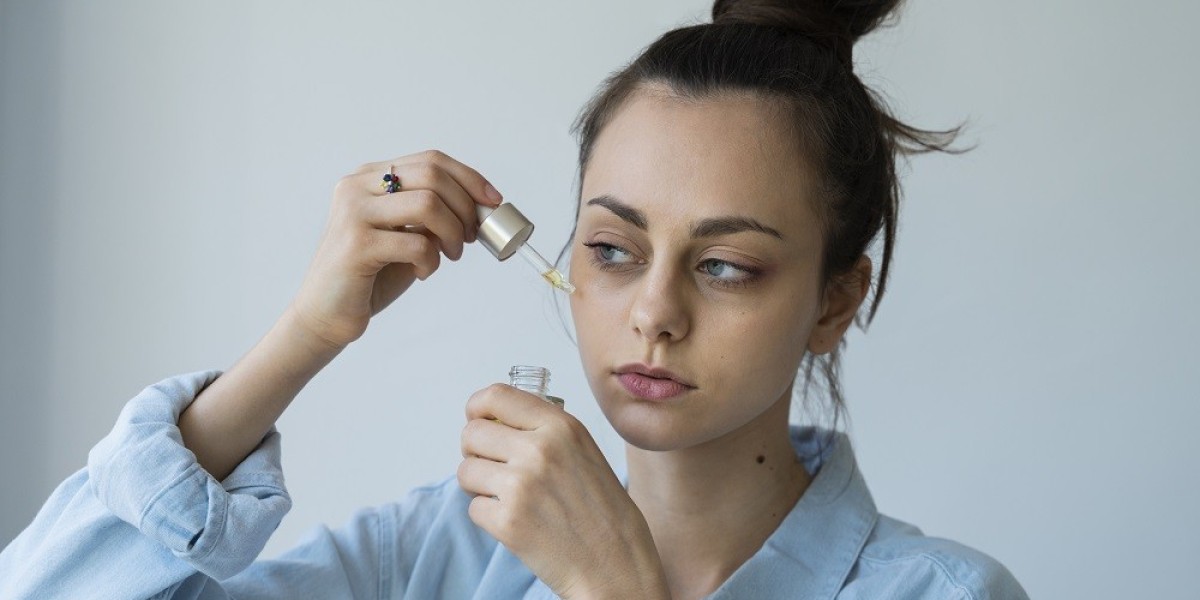When it comes to skincare ingredients, few generate as much confusion as phenoxyethanol. Often found lurking near the end of ingredient lists, it’s a word that sparks curiosity—and sometimes concern. Is it dangerous? Is it synthetic? Should you avoid it?
With clean beauty trends on the rise, many consumers are questioning what goes into their products. This article will clear up the confusion by separating myths from facts about phenoxyethanol for skin, so you can make informed, science-backed decisions about your skincare routine.
What Is Phenoxyethanol?
Phenoxyethanol is a preservative used in skincare and cosmetics to prevent bacterial growth, mold, and spoilage. It’s a synthetic compound, often produced in labs to ensure consistency, safety, and purity.
Though trace amounts occur naturally in green tea, the version used in skincare is made synthetically for efficacy.
Why Is Phenoxyethanol Used in Skincare?
Preserves product freshness
Prevents contamination from bacteria and yeast
Extends shelf life
Replaces parabens, which some consumers seek to avoid
Stable across pH levels and temperatures
It’s typically used in concentrations of 1% or less, which is considered safe by international regulatory agencies.
Common Myths About Phenoxyethanol
Let’s address some of the most common misconceptions surrounding this ingredient.
Myth 1: Phenoxyethanol Is Dangerous for the Skin
Fact: When used in proper concentrations (under 1%), phenoxyethanol is not harmful for the majority of people. It’s been approved by the European Union, FDA, Health Canada, and other global health authorities. The European Scientific Committee on Consumer Safety (SCCS) reviewed phenoxyethanol extensively and concluded it is safe in cosmetic formulations up to 1%.
Myth 2: Phenoxyethanol Causes Cancer
Fact: There is no scientific evidence linking phenoxyethanol to cancer. It is not a known carcinogen, and multiple studies confirm that it does not alter DNA or act as a hormone disruptor like some parabens.
Myth 3: Phenoxyethanol Is Just as Bad as Parabens
Fact: While both are preservatives, phenoxyethanol does not mimic estrogen or disrupt the endocrine system the way some parabens may. It is often used in “paraben-free” formulas as a safer alternative.
Myth 4: Phenoxyethanol Shouldn’t Be Used During Pregnancy
Fact: There’s no evidence to suggest phenoxyethanol is harmful during pregnancy when used topically. Since it's used in low concentrations, it does not absorb deeply into the skin or affect hormones. However, if you have concerns, it’s best to consult your healthcare provider.
Myth 5: “Natural” Preservatives Are Always Better
Fact: While natural preservatives like radish root ferment and gluconolactone are growing in popularity, they often:
Are less effective
Have shorter shelf lives
Require refrigeration
What Are the Real Risks of Phenoxyethanol?
While phenoxyethanol is generally safe, no ingredient is perfect for everyone. Here are the realistic, science-backed concerns to keep in mind:
1. Skin Sensitivity
Some people with sensitive or reactive skin may experience:
Mild irritation
Redness
Itching or dryness
These side effects are rare and usually occur with leave-on products or when used alongside other strong actives.
2. Not Recommended for Infants
The FDA cautions against using phenoxyethanol-containing products on or around infants’ mouths, particularly in nipple creams or baby wipes. This is due to the potential for ingestion or absorption, which could affect a developing nervous system in large doses.
⚠️ 3. Allergic Reactions (Rare)
Although uncommon, some individuals may experience allergic contact dermatitis. Always do a patch test if trying a new product, especially if you have a known sensitivity to preservatives.
How to Spot Phenoxyethanol on Ingredient Lists
Phenoxyethanol is typically listed under its INCI name:
“Phenoxyethanol”
It’s usually found near the bottom of ingredient lists, indicating its low concentration. If you’re looking to avoid it, check labels carefully—especially in products labeled "paraben-free," as phenoxyethanol is often used as a substitute.
Products That Commonly Contain Phenoxyethanol
Phenoxyethanol can be found in a variety of skincare and cosmetic products, including:
Moisturizers and creams
Facial cleansers and toners
Serums and essences
Foundations, concealers, and eye makeup
Makeup removers
Sunscreens
Some baby wipes and personal hygiene products
Because of its versatility and safety profile, phenoxyethanol is a go-to preservative for both mainstream and luxury brands.
Who Should Use Phenoxyethanol-Free Skincare?
You may want to avoid phenoxyethanol if:
You have extremely sensitive skin or eczema
You've had a previous allergic reaction to phenoxyethanol
You prefer 100% natural skincare formulations
You're selecting products for newborns or infants
In these cases, consider looking for natural preservative systems—but be aware of their shorter shelf life and higher contamination risk.
Final Thoughts: Should You Worry About Phenoxyethanol?
In the debate over skincare ingredients, phenoxyethanol doesn’t deserve the bad reputation it sometimes receives. Backed by science and used within safe limits, it plays a crucial role in keeping your skincare clean, safe, and effective.
✔️ Safe for most skin types
✔️ Non-carcinogenic and non-endocrine disrupting
✔️ Effective at low concentrations
✔️ A smart alternative to parabens
If you have sensitive skin, always patch test. But for most people, phenoxyethanol is not only safe—it’s beneficial to the integrity and longevity of their skincare products.
Key Takeaways
Phenoxyethanol is a widely used synthetic preservative in skincare.
It is approved by health authorities globally when used at 1% or lower.
Myths about it being toxic or cancerous are not supported by science.
It’s considered safer than parabens and is commonly used in paraben-free formulas.
Most people can use it without issue, though sensitive skin types should monitor for irritation.






